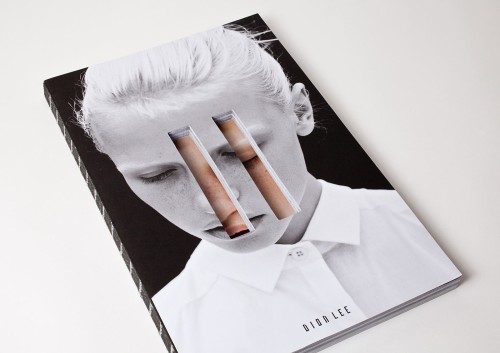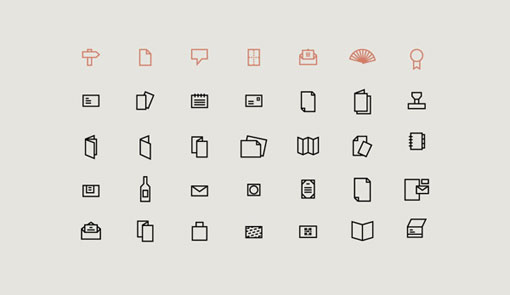They're all varying in style, and genre, but the name of the film stands out in all of the examples. I therefore need to make an identity that is bold, and relevant to film. Pretty obvious stuff, but it helps to visualise aspects of movie culture through posters. After searching for a while and looking for a 'timeless' look, I found some Art Deco responses to modern movies. Here are a few examples:
These posters demonstrate the effectiveness of modernising classic themes or aesthetics. Because this is a modern response to an art form present in the 1920s and 1930s predominantly, it's hard to label it with a time period and it therefore looks timeless.
The typefaces used in these examples are mainly sans-serif, and I have noticed that a theme of art deco typefaces are capital letterforms with low crossbars. It is most apparent in the A. It would be perfect to use a modern Art Deco typeface as part of the identity, so I will review the typefaces that I have brought up as relevant to film so far and review the situation.





































